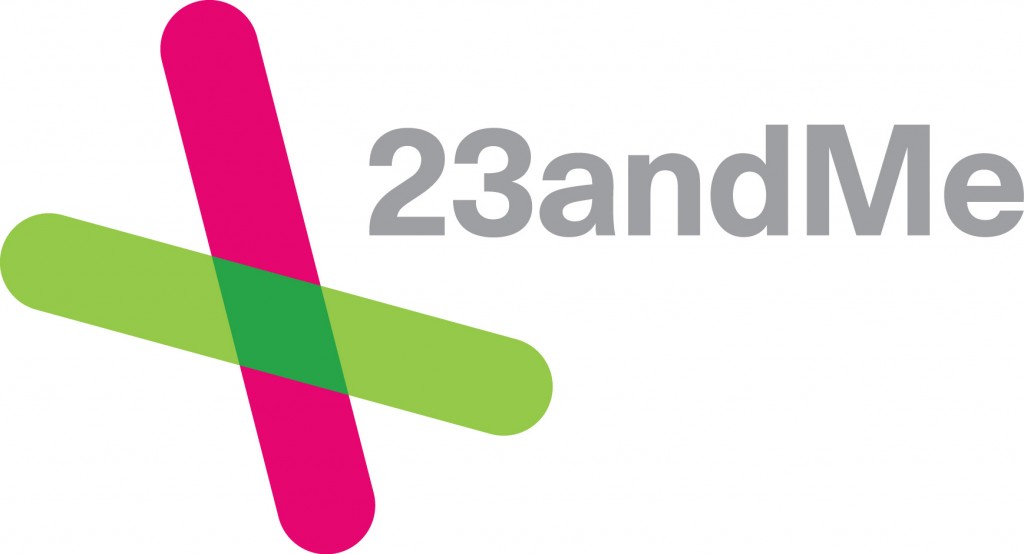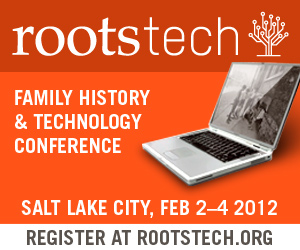“Finding Your Roots with Henry Louis Gates Jr.” is a new series from Henry Louis Gates Jr., who previously brought us series such as Faces of America, African American Lives, and African American Lives 2. The show, which airs on PBS stations on Sunday nights, premieres March 25th, 2012 with singer/actor Harry Connick, Jr.
Last week I participated in a conference call with members of the show, including Senior Story Editor and Producer Leslie Asako Gladsjo and Chief Genealogist Johni Cerny. Also on the call, although only able to participate for a few minutes, was Henry Louis Gates Jr.
Here are some interesting tidbits about Finding Your Roots – and genealogy in general – that I learned from the conversation:
- Gates believes that genetic genealogy is deconstructing the notion of race; never has FTDNA or 23andMe returned an African American’s testing results and reported 100% African, for example. In other words, science is demonstrating that things are much more complicated than we would have guessed without the benefit of DNA.
- All guests on Finding Your Roots used both 23andMe and FTDNA for DNA testing – all African Americans participating in the series also used African Ancestry. While the guests receive all their results, we may not always see them.
- Many are still wary of genetic genealogy; many potential guests even turned down the series largely because of the DNA testing involved.
- Gladsjo and Cerny noted that DNA is just another tool for the genealogist; sometimes the guests’ DNA results were very interesting, and sometimes they were “pretty boring.”
I hope you’ll be tuning in tomorrow to see Finding Your Roots. I have a feeling that this is going to be a fascinating series.



